Carbon Offsets, Illustrated
A brief guide to one of the climate solutions we need in order to achieve a low-carbon future faster
Even if you haven’t flown in a while, you might remember this scenario: you’re booking a trip, and just before the payment screen, they hit you with one of the great ethical questions of our time.
Are you willing to pay a bit more to offset the greenhouse gas emissions you’re likely to expend getting from point A to B?
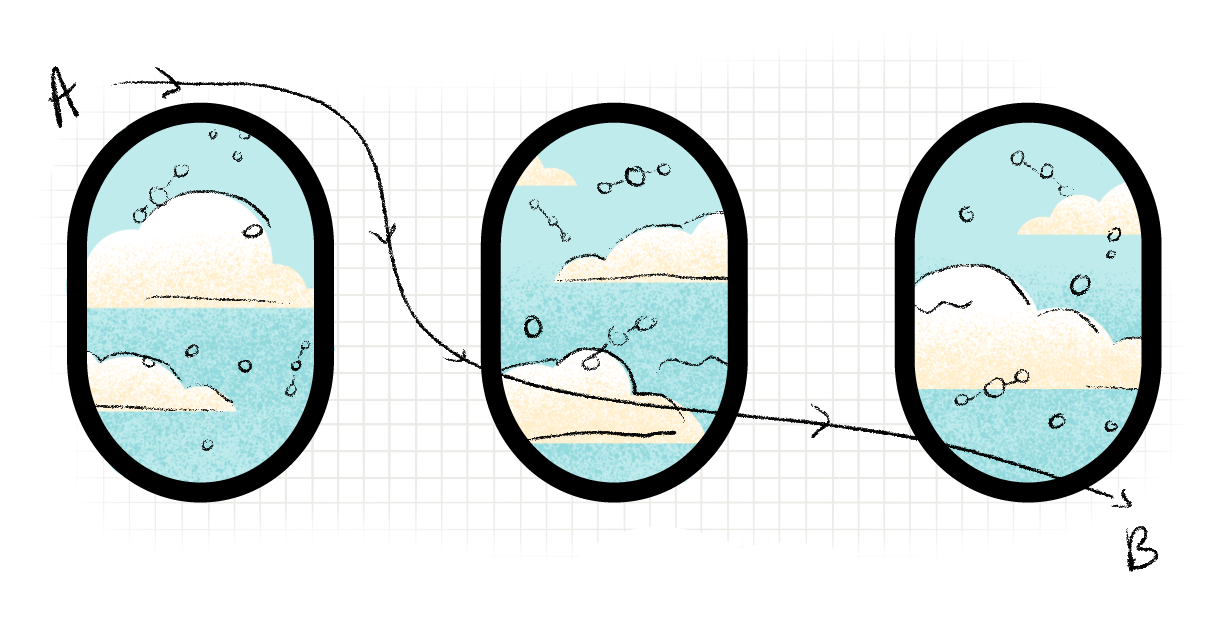 On a grander scale, countries—and companies the size of countries—are faced with much the same question. But even though institutionalising carbon offsets could create much-needed incentives for faster climate action, they remain underutilised.
On a grander scale, countries—and companies the size of countries—are faced with much the same question. But even though institutionalising carbon offsets could create much-needed incentives for faster climate action, they remain underutilised.
So whether you’re concerned with the slow progress on global emission targets or pondering your own carbon footprint, here's how carbon offsets could help.
The Intergovernmental Panel on Climate Change (IPCC) has identified two major climate mitigation imperatives to keep global temperatures within a safer range:
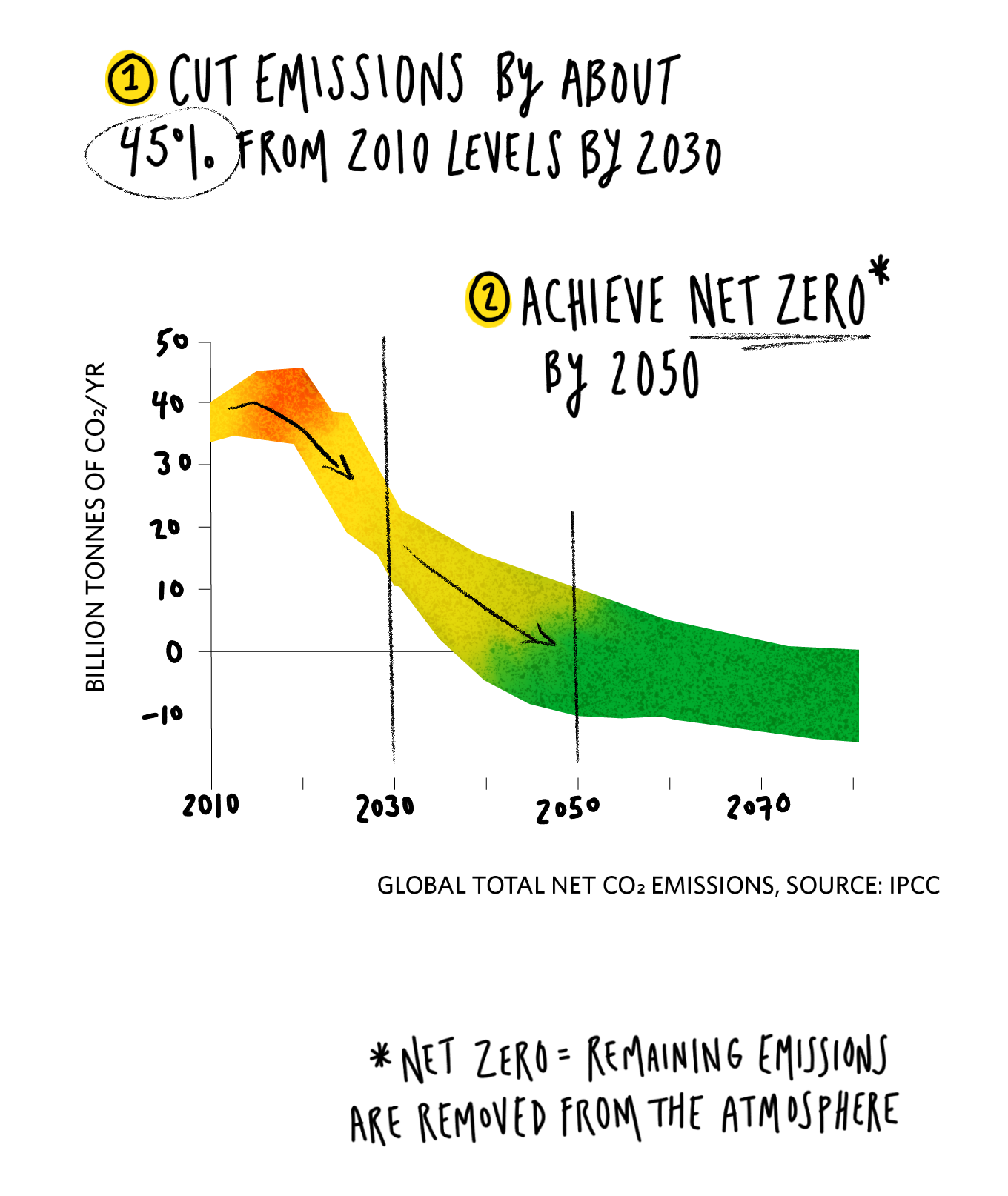
Eliminating excess greenhouse gas (GHG) emissions will be easier for some emitters than others. Consider that technological advances have improved the cars we drive faster than the planes we fly, for example.
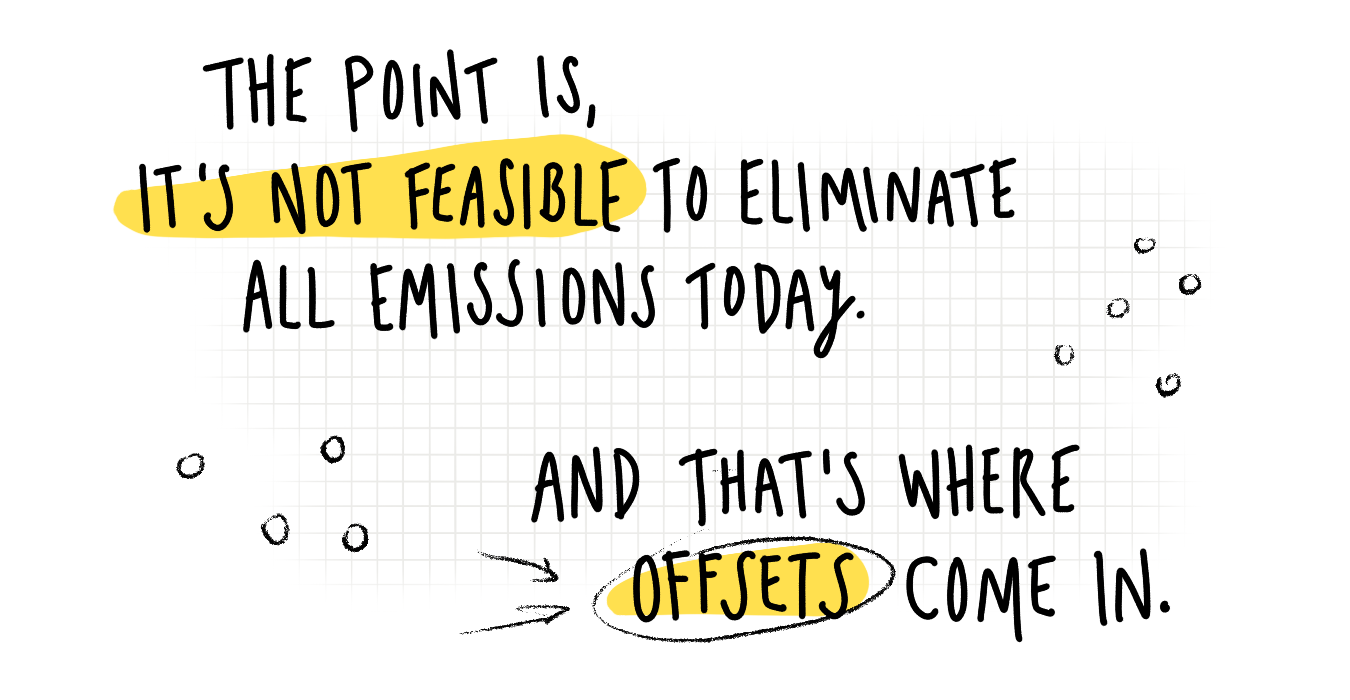
The practice of offsetting is simple enough in theory: it entails reducing or removing GHGs (or investing in R&D for tech to do so later) in one place to compensate for emissions elsewhere.
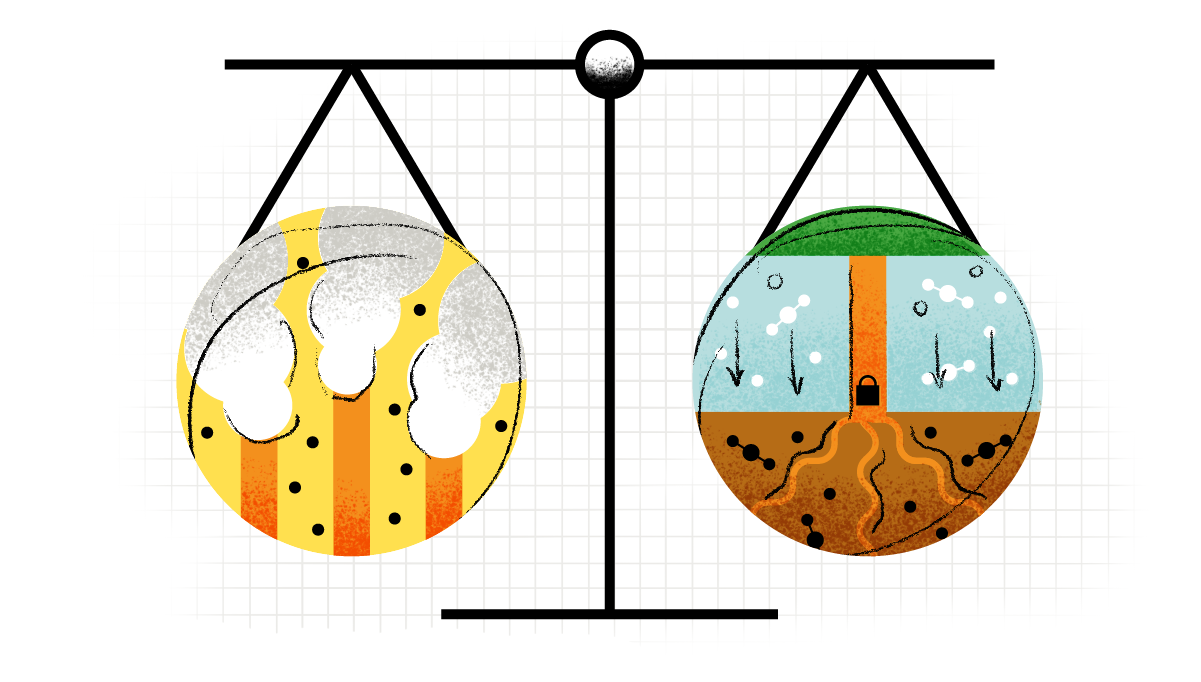
You’re probably familiar with the sources of emissions, but what about these solutions that reduce, remove and store them?
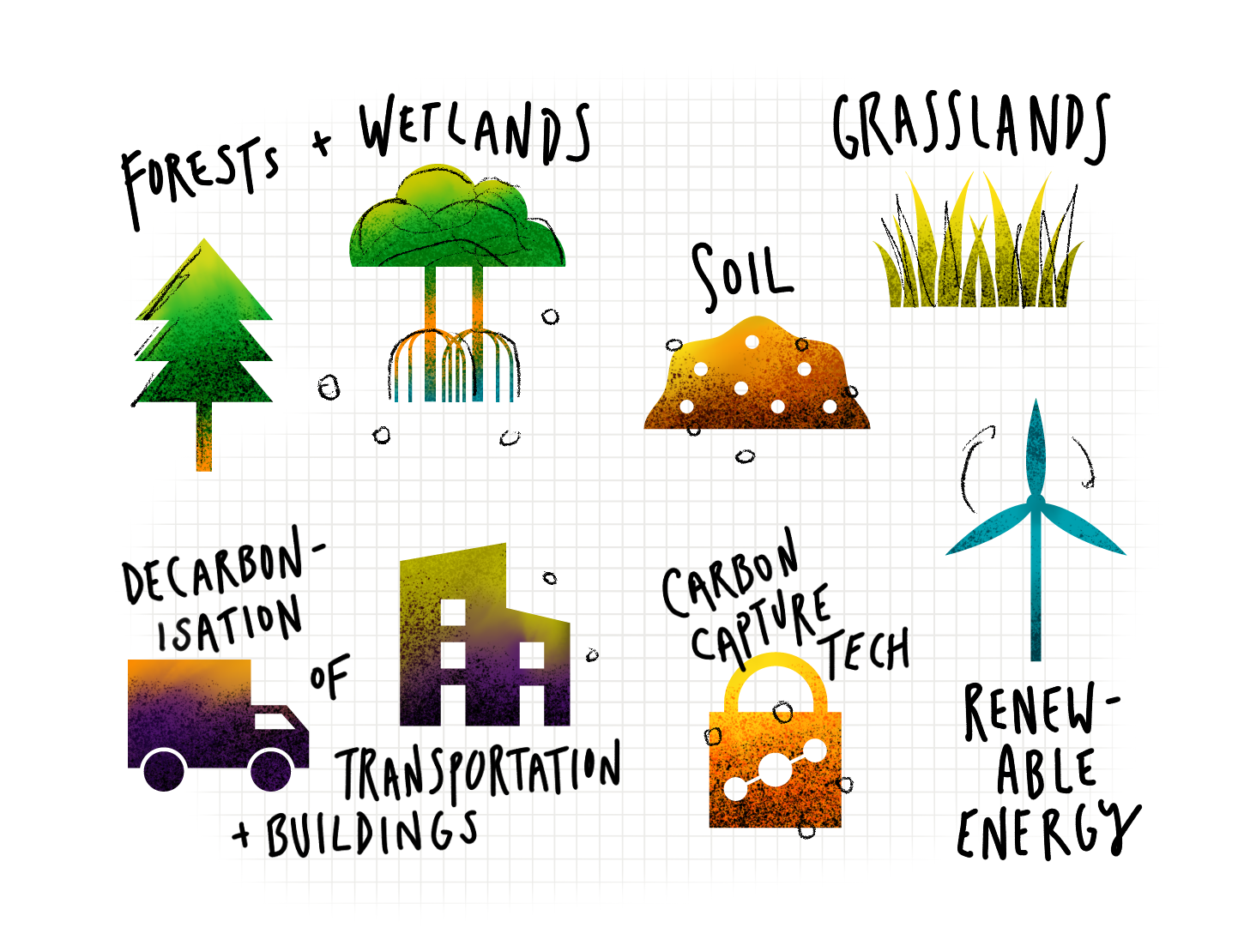
Through carbon markets, such projects can sell or trade a carbon credit for each metric ton of carbon dioxide (the most ubiquitous GHG) or equivalent GHG prevented or absorbed to emitters who wish to reduce the negative effects of their emissions. Carbon markets can either be built for voluntary participation (think: companies that have made their own net-zero commitments) or compliance with legal frameworks.
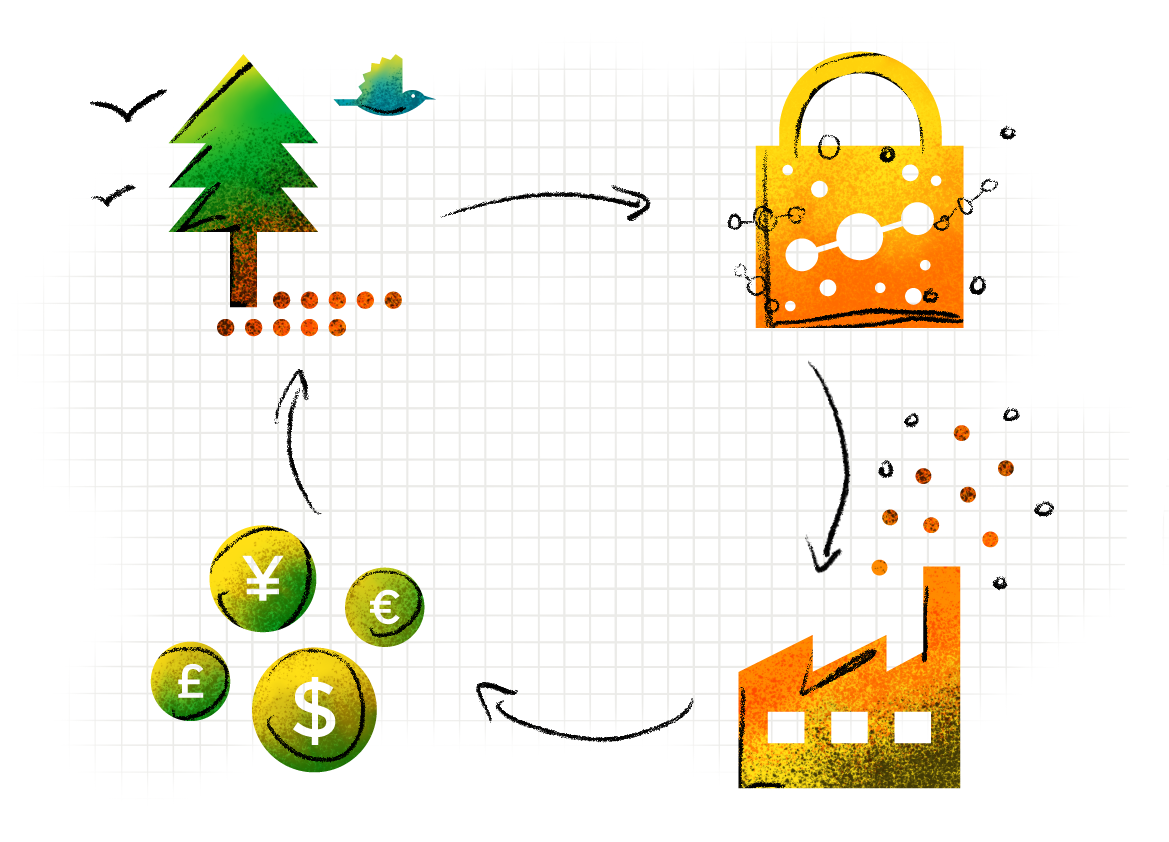
By putting a price on carbon, these markets encourage emitters to reduce emissions where it’s most financially feasible. Then, they can buy offsets to "balance" their emissions, thus generating much-needed finance for mitigation projects. (N.B. — there are different carbon pricing mechanisms, but we’re focusing on offsets in this piece).

One of many tools in a vast climate action toolbox, if you will, subject to help or hurt progress depending on how it's wielded.
Here are some important caveats:
- Companies and countries must commit to ambitious decarbonisation plans that align with the Paris climate agreement.
- Only high-integrity credits should reach the market, which includes ensuring "additionality" of the reductions the credits represent—that is, guaranteeing those reductions wouldn't have happened without the market demand.
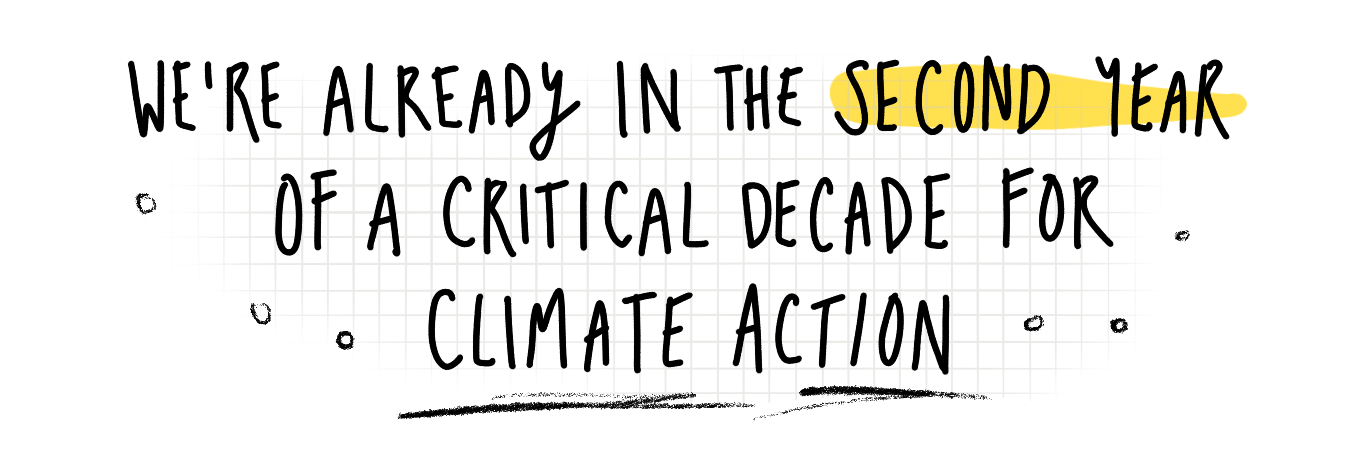
Get the latest updates
Find out how we're helping to conserve Australia's iconic natural landscapes and crucial wildlife habitats.



